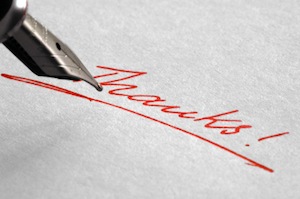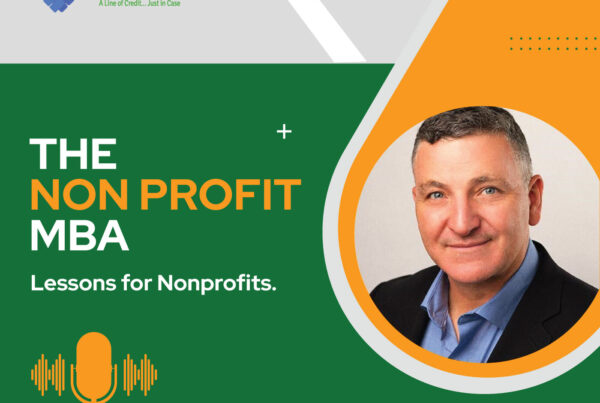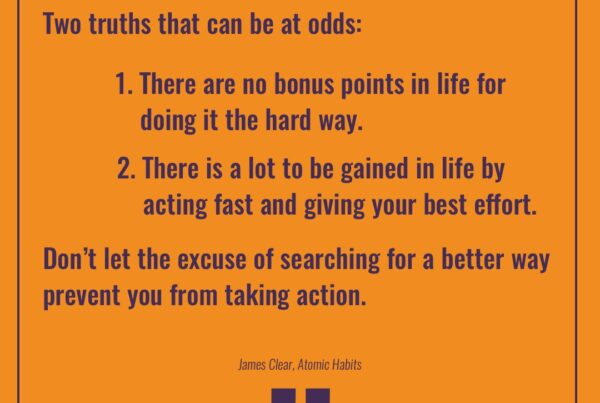I’m delighted to share this week’s guest post by Amy Eisenstein, MPA, CFRE who specializes in fundraising consulting for local and national nonprofits. Her “no-nonsense” approach to fundraising yields big results for her clients and readers.
 Did you know donors are significantly more likely to make another gift to an organization when they are thanked properly?
Did you know donors are significantly more likely to make another gift to an organization when they are thanked properly?
Did you know it costs significantly more money to acquire new donors than to keep your old ones? In addition, the people who have been donating longer are more likely give bigger amounts. For both reasons, it is critical to keep the donors you have in order to raise more money.
The best way to keep your donors donating year after year is to thank them and let them know how their money is being used.
Do you thank your donors properly?
- Have a plan for thanking different donors
While every organization acknowledges donors slightly differently, you should have a plan for how you will thank each donor. Does a $10 donor get treated the same as a $10,000 donor? I hope (and assume) the answer is “no.” How is each one acknowledged? Do they get a phone call, an email, a letter, an acknowledgment in your newsletter, all of the above? - Thank your donors in a timely fashion
How long does it take you to get your thank you letters out after receiving a gift? One week, two, more? Your goal should be within a week (direct mail studies say within 48 hours, but I think that is unrealistic for most offices). Do your higher level donor letters take longer to get mailed because they sit on the director’s desk for a week waiting for a personal note?Does a board or staff member call to thank the donor after receiving a gift? Studies show that a thank you call from a board member within a week of receiving a gift has a significant impact on increased levels of giving for future gifts. Making thank you calls is a great way to get board members involved in the fundraising process.
- Personalize and customize letters
Are your thank you letters generic form letters or do you acknowledge different donors in different ways? The more personalized the better your future fundraising results will be. Do you have a specific letter for first time donors and another one for repeat donors? Do you acknowledge a $25 gift differently than a $5,000 gift? - Inform donors how their money was used
Keeping a donor informed about how their money was used is one of the most important ways to ensure future gifts, and yet so many nonprofits neglect this important step. How do you communicate to your donors that their investment in your organization was put to good use?Show them with individual client success stories. Tell them how many clients you served and what the impact was. Share with them the difference your work made in the community. Make sure to let them know that it would not have happened without their gift, no matter how small. To your donors who designate their donations, be sure you are telling them about that specific component of your organization or program.
- Invite donors to get involved in a specific way
In your letter, on the phone, or in person, be sure to thank your donors, but to also invite them to take action and become more involved. Can they volunteer in a direct service capacity, on a committee, or doing office work? Can they participate in a letter writing campaign?

Check out this “Thank You Letter Checklist” by Joanne Fritz for more good ideas.
© Amy Eisenstein 2011. All Rights Reserved.







Thanks, Amy – terrific piece!
The only thing that gives me pause is the repeated advice about thanking smaller donors differently than larger ones. I’m not sure I agree. Granted larger donors will inevitably get more personal attention. But I think an acknowledgment letter to a smaller donor can be every bit as gracious and personal in many cases. As they used to say on the Six Million Dollar Man, “we have the technology”. Letters can be personalized throughout easily now. And writing a great thank you is something we should do for everyone! I do like additional thanks (from board members or others) to larger donors, but that $25 donor may actually be more committed to the cause – and you never know where that will lead!
Thanks again!
Yes, absolutely! Use technology wherever possible to personalize thank you letters. However, if you’re limited by time and are adding hand written notes or making phone calls, then save those for your largest and most loyal donors.
Thanks Amy for these great tips. Marketing theory says that people need to see something seven times to remember it. I think that holds true in fundraising as well. It can be a fun (and rewarding) exercise to come up with seven different ways to say thanks.